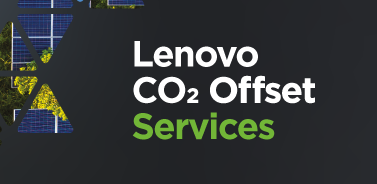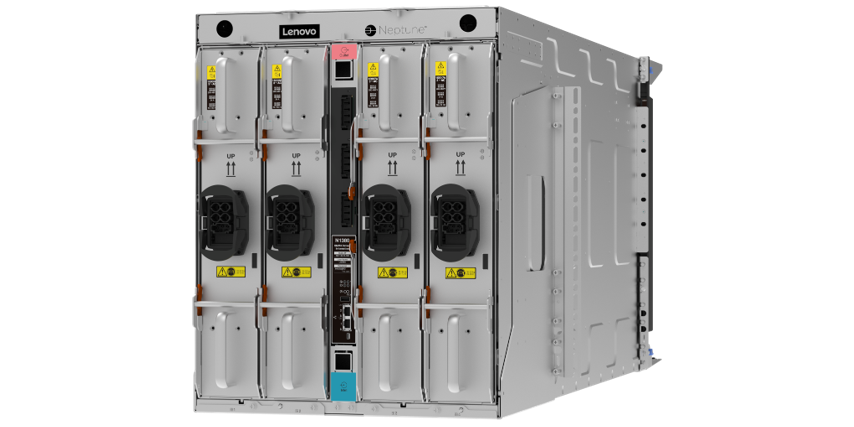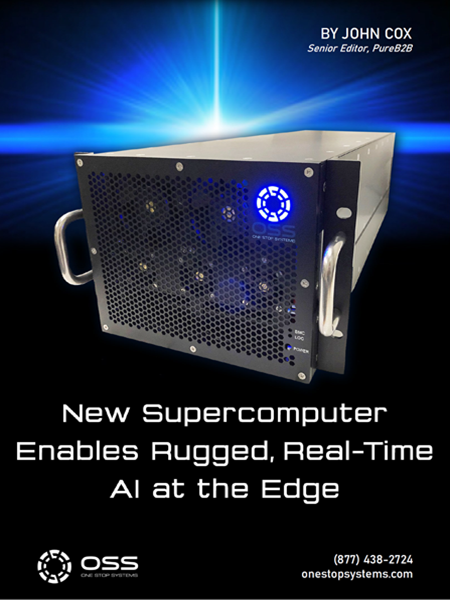[SPONSORED CONTENT]
 There’s doing good and then there’s assessing how much good you’re doing. These are two distinct, yet closely related, things. When it comes to climate change, an ethical shift has come over the IT world within the last two years – among vendors and customers alike. Along with specs and price/performance, carbon emissions have become a critical factor in hardware purchasing decisions. IT wants to do good by our planet.
There’s doing good and then there’s assessing how much good you’re doing. These are two distinct, yet closely related, things. When it comes to climate change, an ethical shift has come over the IT world within the last two years – among vendors and customers alike. Along with specs and price/performance, carbon emissions have become a critical factor in hardware purchasing decisions. IT wants to do good by our planet.
There are several reasons for this:
- to meet sustainability goals established by boards of directors and senior management;
- to recruit talented young people, a demographic that tends to care deeply about climate change;
- to cut power consumption costs;
- to address the ESG (environmental, social and governance) ethic increasingly embraced by much of the global business culture.
So – let’s say you’re CTO of a company revamping its on-premises data center. You’re about to sign a check for a new set of servers in the knowledge that you’ll be held accountable for attaining the company’s emissions objectives (increasingly, a KPI for IT managers). How do you track the power consumption and CO2 emissions of your servers? How can you monitor server energy use and make adjustments that help you reach sustainability goals? How do you offset emissions by contributing to effective environmental programs?

Stefan Larsen of Lenovo
Lenovo, a technology leader in PCs, laptops, data center servers and HPC systems, has developed a sophisticated, end-to-end CO2 Offset Service designed to make it simple to compensate for companies’ environmental impacts – from measuring the carbon emissions of computing gear through to picking United Nations-certified programs whose environmentally beneficial efforts offset the carbon produced.
To date, over 500 Lenovo customers have signed up for 607,000 tons of carbon offset according to Stefan Larsen, the company’s global head of environmental services, located in Lenovo’s Denmark office. More customers are joining the program every day.
By 2025, Lenovo projects its carbon efforts will have removed 1 million tons of greenhouse gas emissions from its supply chain and 90 percent of its global operations will run on renewable energy.
Larsen said he noticed a significant ethical shift to environmental protection among Lenovo customers about two years ago. Before 2020, the prevailing driver for cutting energy use was cost savings. Exhortations to reduce greenhouse gas emissions in order to save the planet mostly fell on ears that, if not deaf, were hard of hearing.
That’s changed as public awareness in general and the IT industry in particular has come to understand the growing power demands of computing devices – including the realization that nothing consumes more power and creates more heat than compute-intensive HPC gear.
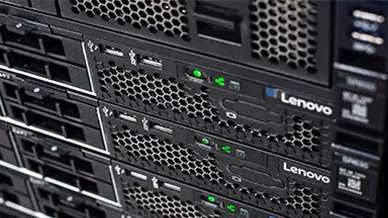 “I suddenly found myself sitting in meetings with customers and the discussions were all around sustainability,” Larsen said, “it was at the top of agenda for almost all of our customers. What they’re constantly looking for are tangible solutions that they themselves can choose. Everybody wants to do something better for the environment, and they want very tangible targets – they want to be able to say they’re going to reduce their CO2 by ‘X’ percent by year 2025, or 2030, in a sustainability report that will be handed up to senior management.”
“I suddenly found myself sitting in meetings with customers and the discussions were all around sustainability,” Larsen said, “it was at the top of agenda for almost all of our customers. What they’re constantly looking for are tangible solutions that they themselves can choose. Everybody wants to do something better for the environment, and they want very tangible targets – they want to be able to say they’re going to reduce their CO2 by ‘X’ percent by year 2025, or 2030, in a sustainability report that will be handed up to senior management.”
Lenovo responded with something new: a carbon offset program that, in part, measures the total CO2 per computing device. That total accounts for three elements: manufacturing, shipment and average electrical use of that given model.
Once CO2 is measured, Lenovo customers will support environmental projects vetted by the UNFCCC (United Nations Framework Convention on Climate Change), ensuring that contributions are having a positive effect. The contributions go to climate-friendly programs in developing countries and encourage the development of additional projects. The projects follow rules approved at the intergovernmental level and with international oversight, providing a high level of credibility. And they contribute to the achievement of UN Sustainable Development Goals.
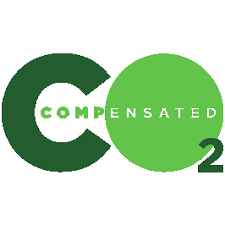 Among the approved projects:
Among the approved projects:
- a composting program in India that produces organic manure from municipal solid and food waste – rather than dumping the waste into landfills resulting in methane gas emissions;
- a wind project in the Guatemalan region deploying 16 turbine generators that contribute green electricity to the regional grid, meeting the demand of over 20,000 homes;
- also in India, a program that distributed energy efficient lighting to low income grid-connected consumers to replace incandescent lamp (ICLs) for CFLs and LEDs, reducing fossil fuel electricity consumption.
Larsen said he’s optimistic about Lenovo’s Carbon Offset Service because of how rapidly the program has spread.
“It’s interesting that we started this in our PC division, and originally, it was only meant to be a Northern Europe thing,” he said. “But very quickly it spread all over EMEA, Asia Pacific and North America, and then out of the blue it went to our server storage customers to all of our different business units. So now we’re exploring how to expand the program, our customers have taken to it so well.”

